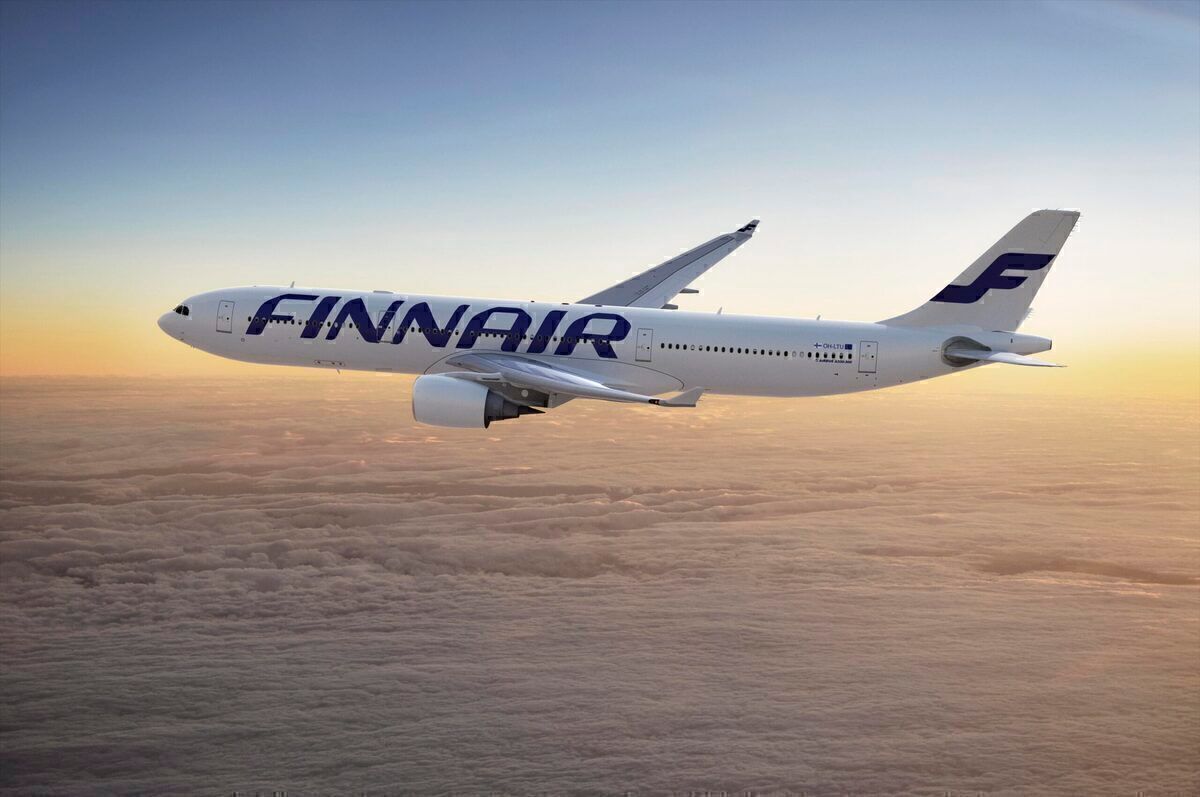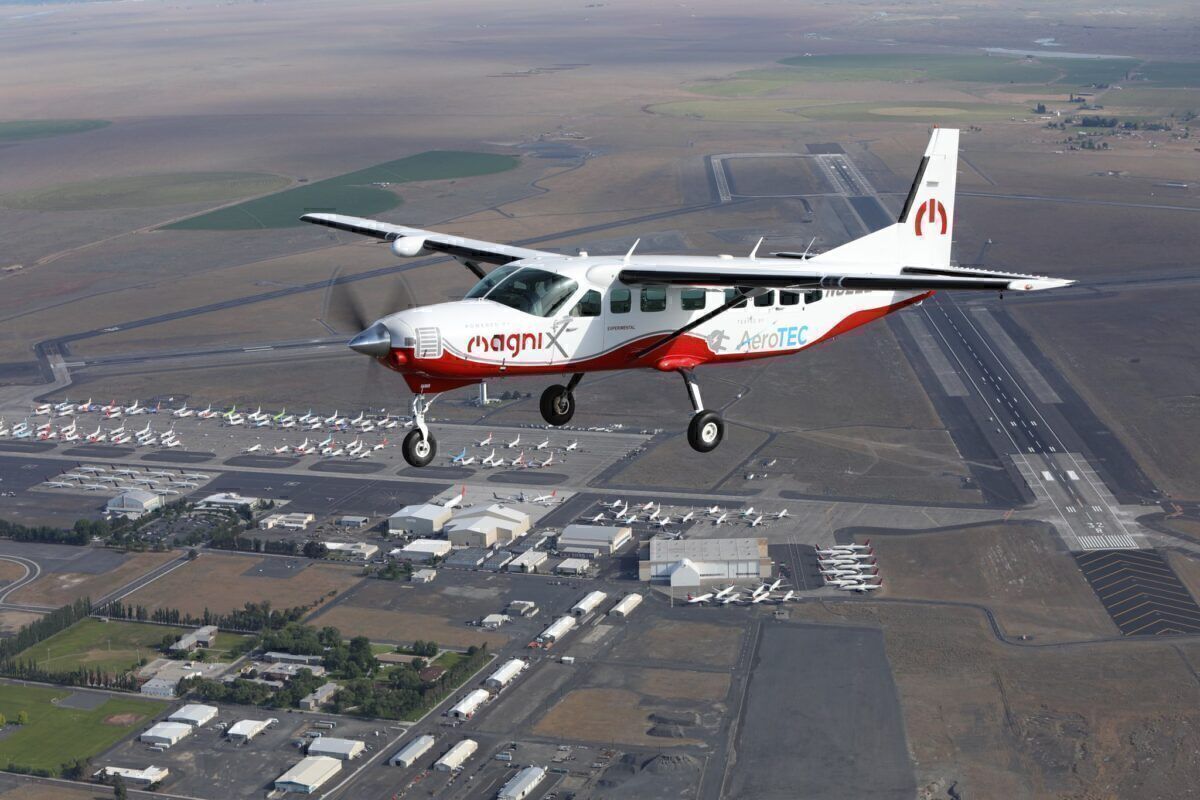As companies begin to experiment with electrically powered planes, airline bosses, including Finnair CEO Topi Manner, believe that we will see electric short-haul flights within the next 20 years.
By now, most people will have heard of the word "flygskam," which in Swedish means flight shame and is the name of an anti-flight movement trying to encourage people in Scandanavia to stop taking flights. Flygskam blames the aviation industry for climate change and wants people to stop flying to help lower carbon emissions.
The flight shaming movement and its ability to stop people from flying have not gone unnoticed by Scandinavian airline executives. It is also one reason why Finish national flag carrier Finnair is looking into electrically powered aircraft. In a statement released today, Finnair says it is involved in trials to use electric and solar-powered aircraft for short-haul flights.
Stay informed: Sign up for our daily aviation news digest.
Finnair wants to reduce its carbon footprint
While being interviewed during the FlightDeck program on Travel Radio, Finnair boss Topi Manner said,
“We are involved in the early-phase testing of electric and solar power in the Nordic region, especially flights with a range of one to one-and-a-half hours.
“I will see flights operated this way in my lifetime; in 20 years or so, it will be possible.”
The Helsinki-Vantaa Airport (HEL)-headquartered airline says that it has set itself a goal to reduce its carbon footprint by 50% in the next four years and be totally carbon neutral by 2045.
When asked about what Finnair was doing to address climate change by FlightDeck presenter Paul Charles, the Finnair CEO replied saying,
“Addressing climate change is the right thing to do. Customers will choose their airline based on its sustainability credentials, and we want to be the front-runner. We think the targets are realistic and achievable.”
Finnair and COVID-19
When then asked about the big topic of the day, COVID-19, and how the crisis was affecting Finnair, Manner said,
“It has been an emotional rollercoaster on steroids. The pandemic started for us at the end of January 2020 with the suspension of our Finland to China flights.
“During the course of two weeks, we were ramping down all of our flights, with just 2% of our total capacity being flown in April and May.
“Seeing something like that unfold in front of you is something that all of us will remember for the rest of our lives.”
Despite the gravity of the current situation we are in, Manner predicted that Finnair would be a much stronger airline as it emerges from the global pandemic.
“Various airlines are sharpening their strategies, refocusing their networks, streamlining their structures, changing distribution and moving further into digital sales and digitalisation. It is a complete revamp of the business,” he said.
“We are estimating it will take three years for aviation to recover. It will be a long and winding road back to 2019 passenger levels.
“Recovery will take place in full and aviation will grow again. I am optimistic there will be recovery, especially on short-haul traffic on a meaningful level from summer onwards.”
Electric passenger planes are a big step
Electric flights have already taken place using smaller aircraft, and while some of them can be converted to electric power, a purpose-built plane would make more sense. Most likely, planes will develop similarly to what we have seen happen in the automotive industry.
Rather than an all-electric plane, a hybrid version that uses a combination of jet fuel and electricity could be used on short-haul flights.
What do you think? How long will it be before we see passenger flights on electrically powered aircraft? Please tell us your thoughts in the comments.



